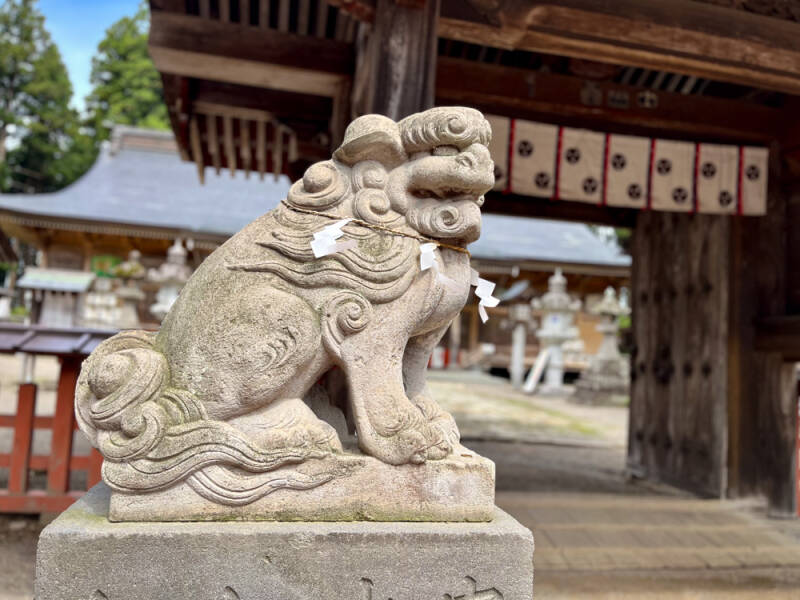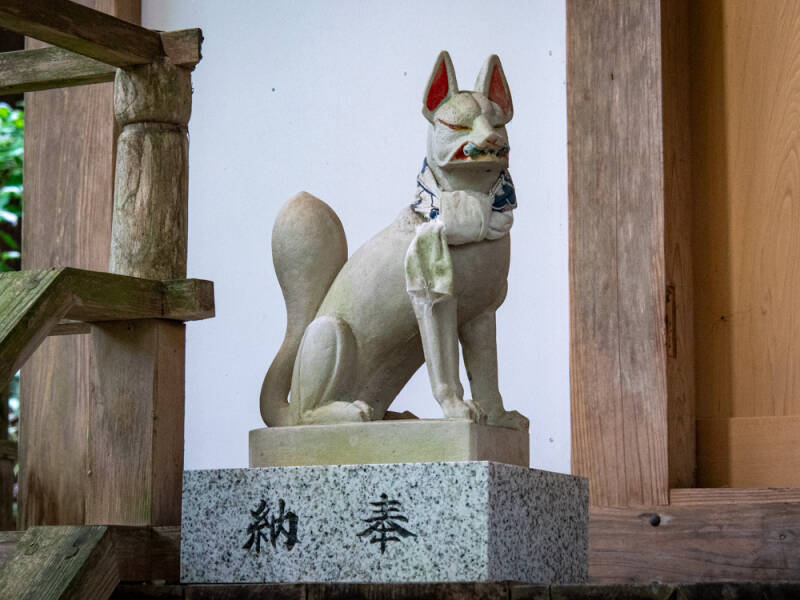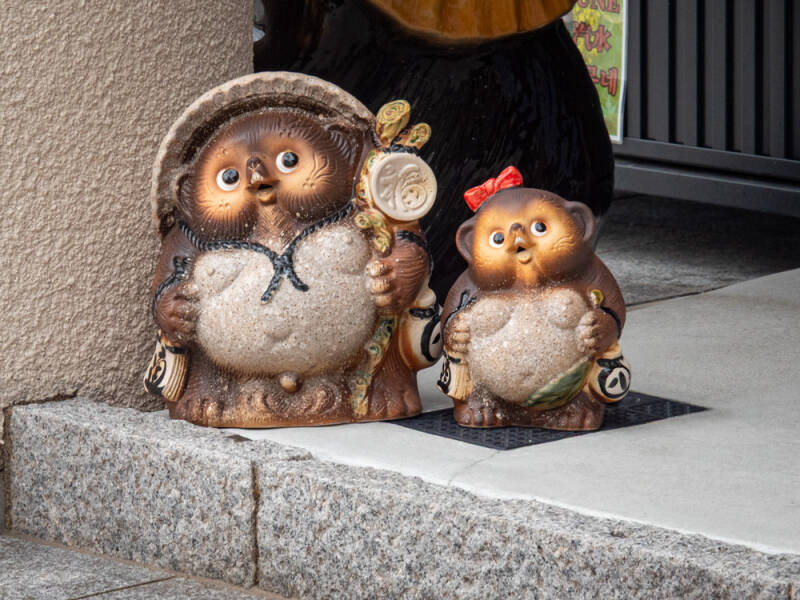August 15-September 26, 2025
Here begins the blogs on Japan. We were there for six weeks. The first four weeks were spent in the northern part of Honshu Island, Aomori Prefecture, in the city of Misawa, with our friends, Kamalene (one of my old student teachers), her husband, Mike, and their daughter Teniya, a high school senior. The parents work on the Misawa Air Force Base as civilians, and Teniya attends school there.
We spent the first week riding bikes around the area and getting used to traffic being on the opposite side of the road, as well as the drivers being on the opposite side of the vehicles. We can't thank our hosts enough for providing us with a comfortable, safe place to stay and vehicles to use to explore the area (bikes and cars) while they toddled off to work and school each day.
Following our month up north, we took our second Shinkansen back to Tokyo to join a 10-day tour and visited the cities of Tokyo, Osaka, Hiroshima, Kyoto, and places in between. We were in a group of 40 (including the bus driver and tour guide) and now have friends in the United Kingdom, Australia, New Zealand, and various places around the United States.
A single blog post would be too long and cumbersome, so, in the spirit of my Nepal blog a few years ago, I will divide this one up into segments. As the saying goes: How do you eat an elephant? One bite at a time.
I present to you the animals we encountered in Japan:
Birds

Look closely nd you'll see the Egret hunting for food.

A grey heron.

I believe this is a Mandarin Duck.

Birds appearing on a carving at one of the temples or shrines.

In Japan, seven species of cranes can be found, including the red crowned crane, white naped crane, hooded crane, common crane, Siberian crane, sandhill crane, and domoiselle crane. The red-crowned crane, known as Tancho, is particularly symbolic in Japanese culture, representing longevity and happiness.
Dragons
Dragons hold a significant place in Japanese mythology, symbolizing a complex array of powers and cultural values. Unlike the fire-breathing dragons commonly depicted in Western folklore, Japanese dragons are often associated with water, agriculture, and fertility.
The importance of dragons in Japanese culture can be observed in various aspects, including art, literature, and religious practices. They are seen as powerful deities and protectors, embodying both benevolence and destructive forces.


We found them in carvings at temples and shrines.

Many of the cleansing fountains at the temples and shrines were dragons delivering the water.

They appeared on prayer plaques.

This is the side of a float at The Misawa Festival. They appeared on many floats at the Nebuta Festival Float Museum.
Insects

This praying mantis was hanging out on the porch screen at the Nelson house in Misawa.

I had to look twice at this guy as he looked like a leaf!

A butterfly at the Kyoto Botanical Gardens.

Let's talk about dragonflies. We had never seen so many in our whole lives! Known as tonbo in Japanese, dragonflies are everywhere in Japan at the end of the summer and early autumn. Indoors, you may find them as well — from decorative motifs on kimonos and bedsheets to adornments atop samurai helmets displayed in museums. Tonbo has had a cultural impact for centuries.
In fact, if you’re in Honshu, the land beneath you was once called Akitsushima (Dragonfly Island) in Japan’s oldest historical texts from the eighth century.

They have big wasps in Japan...
Koma-inu


Komainu are traditional Japanese statues that resemble lion-dogs and are typically placed at the entrances of Shinto shrines and Buddhist temples. They serve as guardians, protecting the area from evil spirits and negative energy. Komainu are often found in pairs, with one having its mouth open and the other closed, symbolizing the beginning and end of all things. Their presence is a significant aspect of Japanese culture and spirituality.


As you walk through a shrine lined with red torii gates, you’ll likely meet a pair of stone foxes—calm, alert, and slightly otherworldly. Many folks assume the fox itself is the deity. Not quite. At Inari shrines, foxes are traditionally understood as messengers of Inari Ōkami, a kami associated with rice, prosperity, and, in modern life, the well-being of businesses and households. They serve as protectors of the rice fields and are believed to possess magical abilities, including shape-shifting.
Prayer Plaques
Shinto prayer plaques, known as ema, are small wooden plaques used in Japan's Shinto and Buddhist shrines and temples. They serve as a way for worshipers to write their wishes or prayers, which are then hung at the shrine as offerings to the kami (gods). Ema are typically used to seek blessings for various aspects of life, including love, health, and success. The tradition of ema dates back to ancient Japan, where real horses were offered to the gods. Over time, wooden plaques with horse images became popular, and later, various designs evolved. Visitors can purchase ema, write their wishes, and hang them at the shrine, creating a communal display of hopes and dreams. Ema has become a symbol of hope and connection to the divine, especially during times of need, such as the Covid pandemic.








Tanuki Folklore
Tanuki are real animals. They are the Japanese raccoon-dog and are often depicted as small, doglike creatures with a rotund body, short legs, and a distinctive face. They are known for their playful demeanor and are frequently associated with good fortune and prosperity in agricultural settings. In folklore, they possess magical abilities, particularly the power to shape-shift into various objects and beings, which they use to play tricks on humans.




Turtles

Turtles are often found in temple ponds and carvings at Shinto shrines, symbolizing longevity and good fortune. They are cherished for their ability to live for a long time and are believed to bring prosperity and success.


These two were seen at a local Japanese Garden.

Zodiac

Dragon (tatsu)
Born 2000, 1988, 1976, 1964, 1952, 1940, 1928, 1916.
People born in the year of the Dragon are healthy, energetic, excitable, short-tempered and stubborn. However, they are honest, sensitive, brave, and can inspire trust in almost anyone. They are the most peculiar of the 12 signs of the Zodiac cycle.

Rabbit (usagi)
Born 1999, 1987, 1975, 1963, 1951, 1939, 1927, 1915.
People born in the year of the Rabbit are the most fortunate. They are smooth talkers, talented, ambitious, virtuous, and reserved. They have exceedingly fine taste and are regarded with admiration and trust.

Rat (nezumi)
Born 2008, 1996, 1984, 1972, 1960, 1948, 1936, 1924, 1912.
People born in the year of the Rat are charming, honest, ambitious, and have a tremendous capacity for pursuing a course to its end. They will work hard for their goals. They are easily angered but maintain an outward show of control.

Tiger (tora)
Born 1998, 1986, 1974, 1962, 1950, 1938, 1926, 1914.
People born in the year of the Tiger are sensitive, stubborn, short-tempered, courageous, selfish and slightly mean ... yet they are deep thinkers and are capable of great sympathy for those they are close to and love.

Snake (hebi)
Born 2001, 1989, 1977, 1965, 1953, 1941, 1929, 1917.
People born in the year of the Snake are deep thinkers, speak very little, and possess tremendous wisdom. They are fortunate in money matters and will always be able to obtain it. They are determined in what they do and hate to fail.

Ox (ushi)
Born 2009, 1997, 1985, 1973, 1961, 1949, 1937, 1925, 1913.
People born in the year of the Ox are patient, mentally alert, and skillful when required to speak. They have a gift for inspiring confidence in others, which allows them to achieve a great deal of success.

Horse (uma)
Born 2002, 1990, 1978, 1966, 1954, 1942, 1930, 1918, 1906.
People born in the year of the Horse are skillful in paying compliments and talking too much. They are skillful with money and handle finances well. They are quick thinkers, wise, and talented. Horse people anger easily and are very impatient.

Rooster (tori)
Born 2005, 1981, 1969, 1957, 1945, 1933, 1921, 1909.
People born in the year of the Rooster are deep thinkers and are always busy and devoted to their work. They always want to do more than they are able to, and if they undertake a task beyond their abilities, they are disappointed. Rooster people have a habit of speaking out directly whenever they have something on their minds.

Dog (inu)
Born 2006, 1982, 1970, 1958, 1946, 1934, 1922, 1910.
People born in the year of the Dog have all the fine qualities of human nature. They have a sense of duty and loyalty, are extremely honest, and always do their best in their relationships with others. Dog people inspire confidence in others and know how to keep secrets.

Monkey (saru)
Born 2004, 1992, 1980, 1968, 1956, 1944, 1932, 1920, 1908.
People born in the year of the Monkey are the erratic geniuses of the Zodiac cycle. They are clever and skillful in grand-scale operations and are smart when making financial deals. They are inventive and original and are able to solve the most difficult problems with ease.

Boar (inoshishi)
Born 2007, 1983, 1971, 1959, 1947, 1935, 1923, 1911.
People born in the year of the Boar are brave. They have tremendous inner strength that no one can overcome. They display great honesty. They are short-tempered yet hate to quarrel or have arguments. They are affectionate and kind to their loved ones.

Sheep (hitsuji)
Born 2003, 1991, 1979, 1967, 1955, 1943, 1931, 1919, 1907.
People born in the year of the Sheep are elegant, highly accomplished in the arts, and passionate about nature. At first glance, they seem to be better off than the people born in other years. They are deeply religious and passionate about whatever they do and believe in.
Add comment
Comments
Wonderful, what a great adventure. Lacey & I enjoyed your first submission of photos and information.
Just wonderful, such beautifully captured photos and the information is generous too, thank you for sharing, I look forward to the next instalment
Really enjoyed this blog so interesting and amazing photography well done Vicki. Look forward to next instalment thanks so much.
I’ve been patiently waiting to see how you would organize everything. This is great! Looking forward to the next installment.
Great Photos! Thanks for sharing your adventures!
Viewed this after viewing the second installment and it is just as amazing and wonderful! You are a gifted photographer and the descriptions are so well written. Thank you again for sharing.